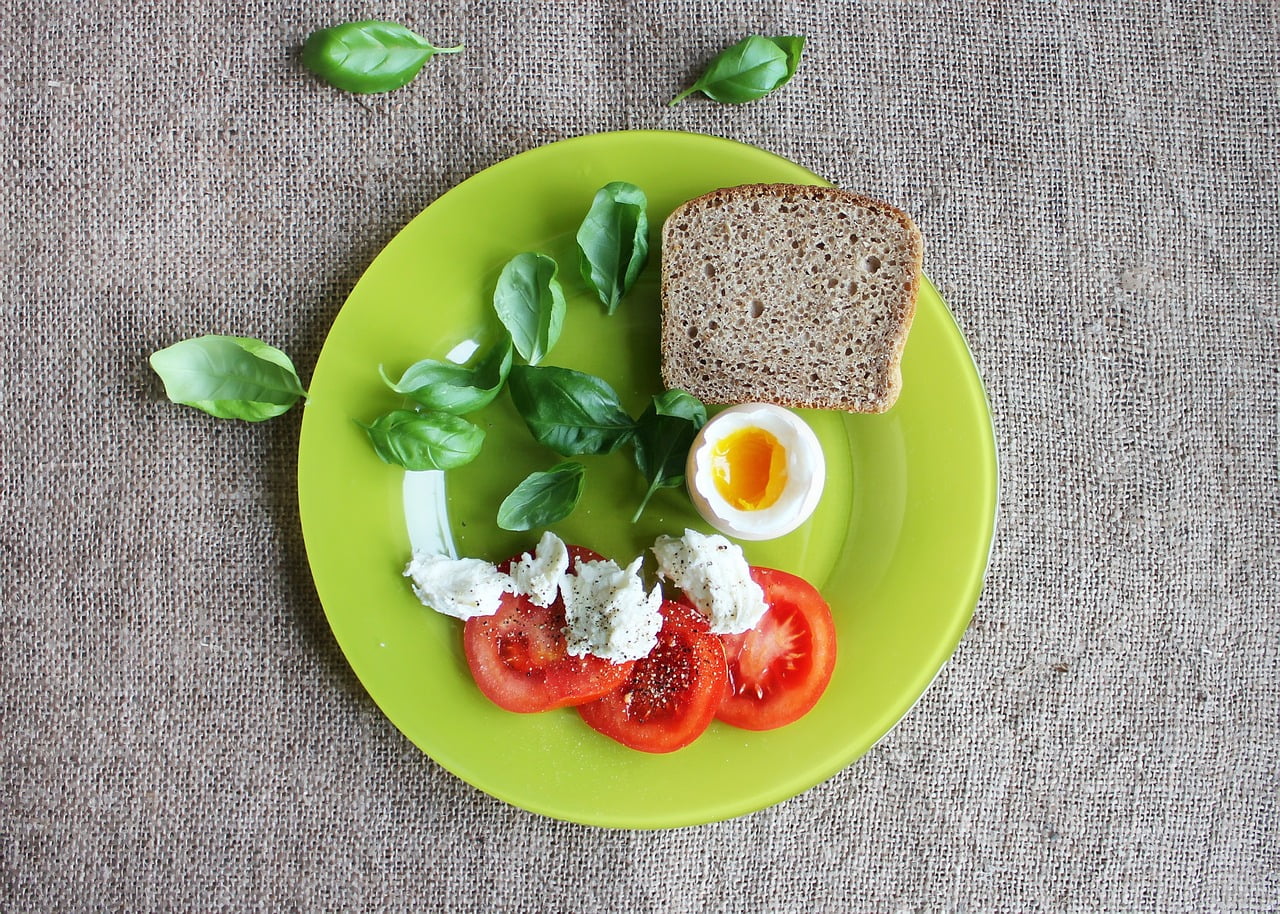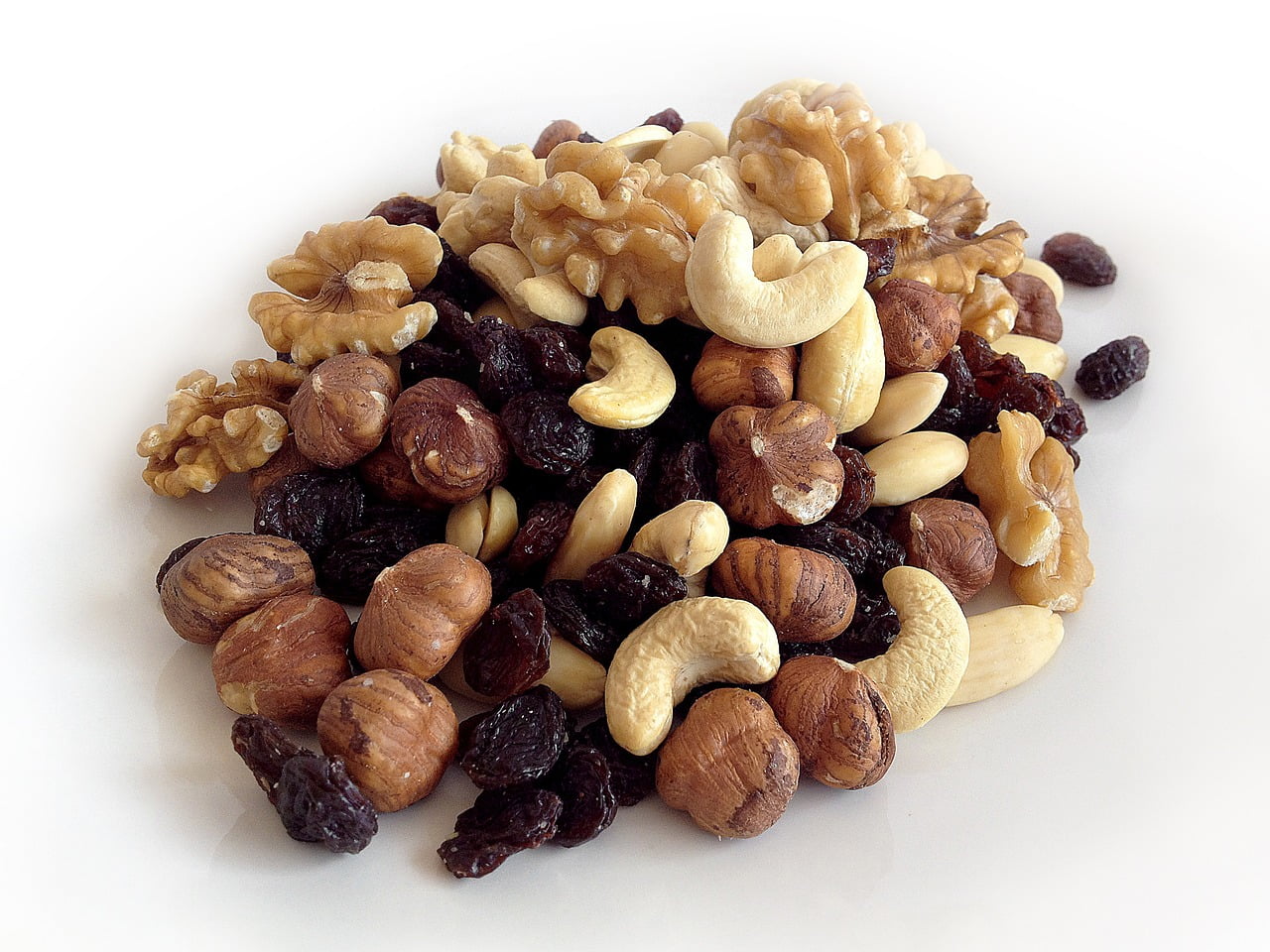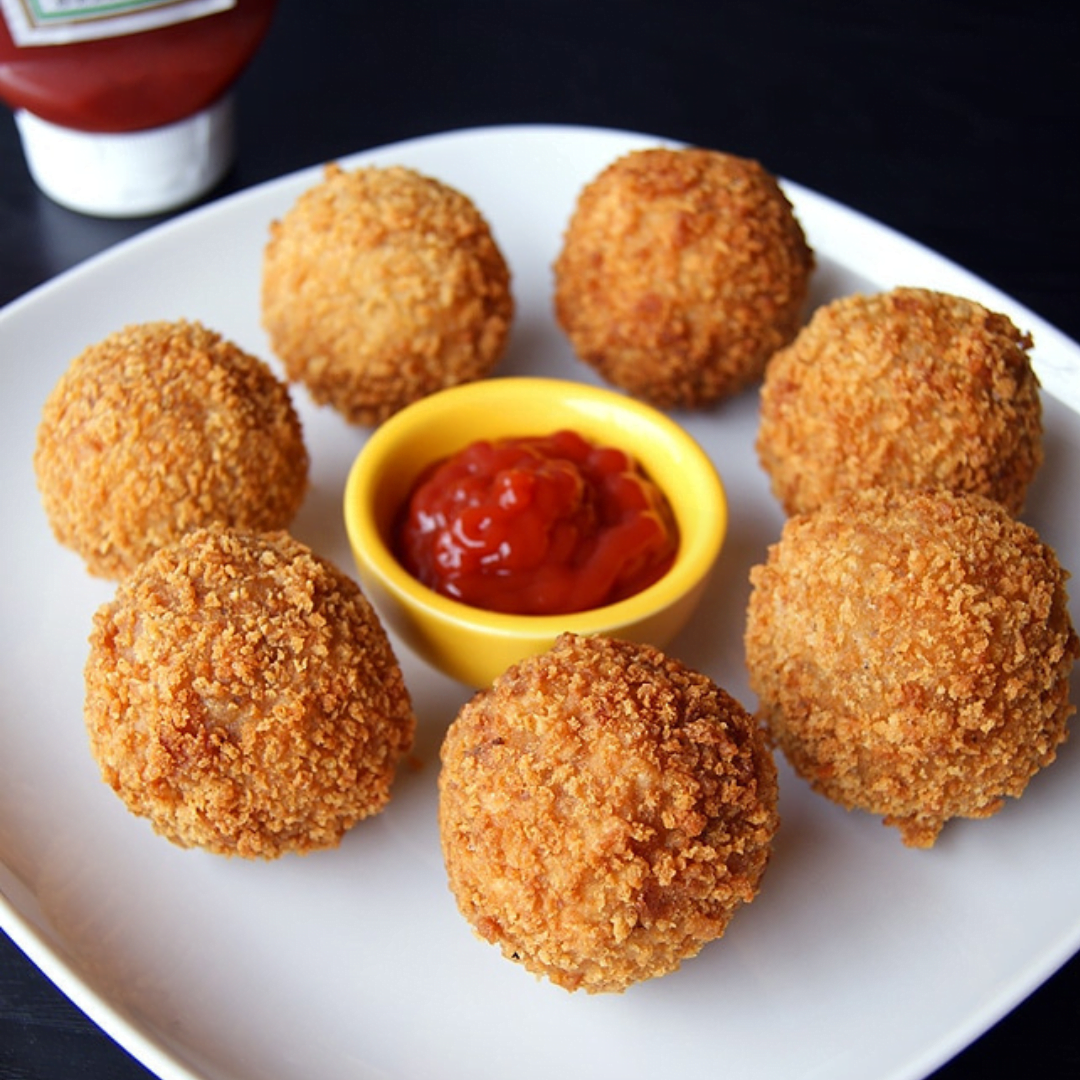Welcome to our comprehensive guide on croissants, A Guide that Explores Croissants. where we dive deep into the delectable world of this iconic pastry. In this article, we will uncover the rich history, mouthwatering variations, and step-by-step techniques to create the perfect croissant.
Discover the origins of this flaky delight as we trace its roots back to 17th century France, and explore how it has evolved to become a beloved staple worldwide. From traditional butter croissants to innovative flavors like chocolate and almond, we will tantalize your taste buds with a plethora of irresistible options.
But it doesn’t stop there. Our guide goes beyond indulgence, delving into the art of croissant-making itself. Uncover the secrets behind achieving those luscious, buttery layers, and learn how to master the delicate balance between crispiness and softness.
Whether you’re a seasoned baker or a croissant enthusiast, this guide is designed to satisfy your craving for knowledge and culinary exploration. So, grab your apron and get ready to embark on a tantalizing journey through the enchanting world of croissants. Let’s dive in.

Top Best Types of Croissants
- Classic Butter Croissant: Indulge in the timeless allure of the classic butter croissant. With its flaky layers, golden exterior, and rich, buttery flavor, this iconic pastry is a true masterpiece.
- Chocolate Croissant: Experience a heavenly union of buttery dough and luscious chocolate. The chocolate croissant, also known as pain au chocolat, is a favorite among pastry enthusiasts for its irresistible combination of crispiness and decadence.
- Almond Croissant: Prepare to be enchanted by the almond croissant, a delightful twist on the classic. Its delicate almond cream filling and crunchy almond toppings elevate this pastry to new heights of flavor and texture.
- Ham and Cheese Croissant: For a savory twist, indulge in the irresistible ham and cheese croissant. This mouthwatering creation pairs the buttery croissant dough with savory ham and melty cheese, creating a perfect balance of flavors.
- Fruit-Filled Croissant: Add a fruity touch to your croissant experience with a fruit-filled variant. Whether it’s raspberry, apricot, or strawberry, these croissants offer a burst of sweet and tangy goodness amidst the flaky layers.
- Embark on a gastronomic adventure as you explore these top five types of croissants. Each one is a testament to the artistry and versatility of this beloved pastry. So, get ready to savor the exquisite flavors and textures that await you. Bon appétit

The History of Croissants
Croissants, the flaky and buttery delights we know and love today, have a fascinating history that dates back centuries. Let’s take a journey through time as we explore the origins and evolution of this iconic pastry.
The Viennese Connection:
Although commonly associated with French cuisine, croissants actually trace their roots to Austria. The precursor to the modern croissant can be found in the Austrian kipper, a crescent-shaped pastry introduced to Vienna during the 13th century.
Arrival in France:
The story of the croissant took a significant turn when Marie Antoinette, an Austrian princess, married Louis XVI of France in 1770. It is believed that Marie Antoinette introduced the kipper to the French court, where it underwent further refinement and became known as the croissant.
Refinement and Popularization:
The French bakers embraced the croissant, experimenting with different techniques to perfect its flaky texture and rich taste. Over time, the pastry gained popularity and became an integral part of French bakeries and breakfast culture.
Symbol of Parisian Bakeries:
By the 19th century, croissants had become synonymous with Parisian bakeries. The iconic crescent shape became a trademark of the pastry, representing a symbol of indulgence and craftsmanship.
Worldwide Fame:
In the 20th century, croissants transcended borders and gained global recognition. With the rise of international travel and the spread of French cuisine, croissants became a staple in bakeries around the world, captivating taste buds everywhere.
Today, croissants continue to captivate food enthusiasts with their exquisite taste and delicate layers. The journey from Austria to Paris has resulted in a pastry that is adored worldwide. So, the next time you savor a croissant, remember its rich history and the centuries of culinary craftsmanship that have made it a true gastronomic icon.

Baking Homemade Croissants: A Step-by-Step Guide to Flaky Perfection
There’s nothing quite like the aroma of freshly baked croissants wafting through your kitchen. With this step-by-step guide, you can recreate the magic of these flaky pastries right in the comfort of your own home. So, put on your apron, and let’s embark on a croissant-baking adventure.
1. Ingredients You’ll Need:
- 2 ¼ cups all-purpose flour
- ¼ cup granulated sugar
- 2 ¼ teaspoons active dry yeast
- 1 teaspoon salt
- 1 cup unsalted butter (cold)
- ½ cup milk
- ¼ cup water
2. Making the Dough:
- In a mixing bowl, combine flour, sugar, yeast, and salt.
- Cut the cold butter into small cubes and add it to the flour mixture. Mix until the butter is coated with flour.
- Gradually pour in the milk and water, and mix until a soft dough forms.
- Transfer the dough onto a lightly floured surface and knead for about 5 minutes, until it becomes smooth and elastic.
3. Rolling and Folding:
- Roll out the dough into a large rectangle, about ¼ inch thick.
- Fold the bottom third of the rectangle up, and then fold the top third down to create three layers.
- Rotate the dough 90 degrees and repeat the rolling and folding process two more times.
- Wrap the dough in plastic wrap and refrigerate for at least 2 hours, or overnight for best results.
4. Shaping and Proofing:
- Roll out the chilled dough into a large rectangle again, about ¼ inch thick.
- Cut triangles from the dough, starting from the wider end and rolling them towards the pointed end.
- Place the shaped croissants on a baking sheet lined with parchment paper, leaving space between them.
- Cover the croissants with a clean kitchen towel and let them proof at room temperature for about 1-2 hours, until they double in size.
5. Baking the Croissants:
- Preheat your oven to 400°F (200°C).
- Brush the croissants with an egg wash (whisk together an egg and a splash of milk).
- Bake the croissants for 15-20 minutes, or until they turn golden brown and flaky.
6. Enjoying Your Homemade Croissants:
- Allow the croissants to cool slightly before serving.
- Enjoy them plain, with butter and jam, or use them as a base for sandwiches or other delightful creations.
With patience and practice, you’ll master the art of homemade croissant baking. So, gather your ingredients, follow these steps, and savor the heavenly taste of fresh, flaky croissants that you’ve baked with love. Bon appétit.

How to Eat Croissants Other Dishes
Croissants are versatile pastries that can be enjoyed in various ways, whether as a standalone treat or as part of a delightful meal. Here are some delicious ideas for pairing croissants with other dishes to elevate your culinary experience.
Classic Breakfast Delight:
Start your day with a traditional breakfast by pairing a croissant with butter, jam, or honey. The flaky texture and buttery taste of the croissant perfectly complement the sweet and creamy accompaniments, creating a delightful combination.
Sandwich Sensations:
Transform your croissant into a delectable sandwich. Slice it in half horizontally and fill it with your favorite ingredients. Try combinations like ham and cheese, turkey and avocado, or smoked salmon with cream cheese. The soft interior and crispy exterior of the croissant add a unique twist to your sandwich creations.
French Affair:
Embrace the French origins of the croissant by incorporating it into a traditional French meal. Serve croissants alongside a spread of cheeses, cured meats, and fresh fruits for a charming charcuterie-style platter that celebrates the flavors of France.
Soup’s Perfect Companion:
Pair a warm bowl of soup with a croissant for a comforting and satisfying meal. The flaky croissant can be dipped into the soup or used to make mini croissant croutons. Tomato soup, butternut squash soup, or creamy broccoli soup all go wonderfully with the buttery goodness of a croissant.
Sweet Delights:
Croissants can also be a base for indulgent desserts. Transform them into bread pudding by combining torn croissant pieces with milk, eggs, sugar, and your choice of flavors like chocolate, cinnamon, or berries. Bake until golden and serve warm with a drizzle of caramel or a dollop of whipped cream.
Remember, croissants can be enjoyed with a wide range of dishes and flavors, so don’t be afraid to get creative and explore your culinary imagination. Whether you’re enjoying them for breakfast, lunch, or dessert, croissants are sure to add a touch of elegance and satisfaction to any meal.

FAQs
How do I achieve the flaky layers in croissants?
To achieve flaky layers in croissants, it’s crucial to use cold butter and properly laminate the dough. By folding and rolling the dough multiple times, you create thin layers of butter between the dough, resulting in the desired flakiness when baked.
Can I freeze croissants?
Yes, you can freeze croissants. After baking, allow them to cool completely, then wrap them tightly in plastic wrap or place them in airtight containers. When you’re ready to enjoy them, thaw the croissants at room temperature and reheat them in a preheated oven for a few minutes until warm and crisp.
How long do croissants stay fresh?
Croissants are best enjoyed on the day they are baked. However, if stored properly, they can remain fresh for up to 2-3 days at room temperature. To extend their shelf life, you can store them in an airtight container or wrap them tightly in plastic wrap.
Can I make croissants without yeast?
Traditional croissants require yeast for the dough to rise and develop its texture. However, there are alternative recipes, such as “quick” or “cheater” croissants, which use baking powder or baking soda instead of yeast. These variations may produce similar results, but the texture and flavor might differ slightly from the classic yeast-based croissants.
Are there any vegan or gluten-free croissant options?
Yes, there are vegan and gluten-free croissant options available. Vegan croissants are typically made without dairy or animal products, using alternatives like plant-based butter and milk. Gluten-free croissants are made with alternative flour, such as almond flour or a gluten-free flour blend. It’s worth noting that achieving the same level of flakiness and texture in vegan or gluten-free croissants can be more challenging, but there are recipes and specialized bakeries that cater to these dietary preferences.























